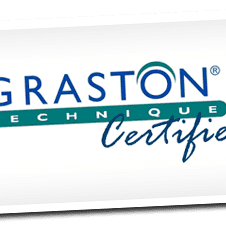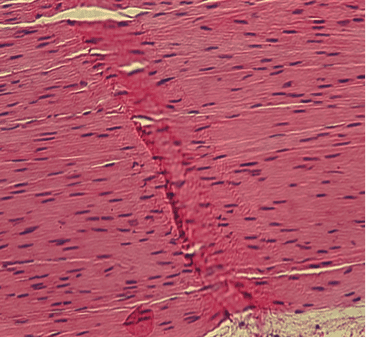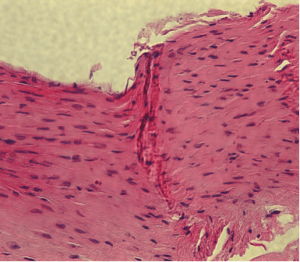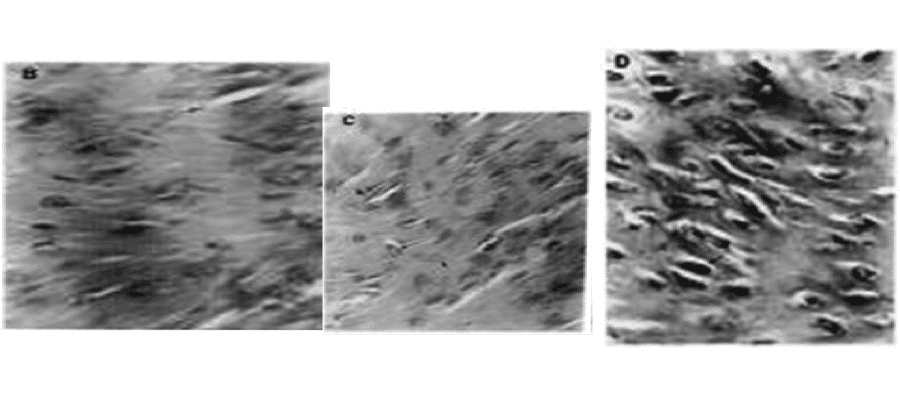Graston Technique Speeds Tissue Healing Time

I’ve often been in the position of being my own medic. Two years ago I tore my right quadriceps in an unfortunate and unavoidable soccer birthday party incident. Last year I tore my right hamstring while sprinting. These were proper tears where you can feel the divot in the tissue and a large bruise forms below the injury site. I recovered from both of these tears quickly. I healed up and returned to my sport quickly because both times I used Graston Technique regime to speed recovery. During one of these early/ acute Graston sessions I remember thinking “Why on earth do people let me do this to them?” The answer is that it works. These histologic images demonstrate a dose response relationship where greater pressure stimulates a greater healing response.
Quick Summary: The black spots in the above images are Fibroblasts. Fibroblasts are the cells that lay down new tissue after you’ve been injured. Fibroblasts are good. The image on the right is the one taken from the tissue that received the highest dose of Graston Therapy thus Graston is good.
Below are histological images demonstrating drastically improved tissue alignment at a cellular level when torn tissues are treated with Graston Technique.

Graston Therapy MCL at four weeks. Notice the linear alignment and proliferation of cells near the incision.

Control MCL at 4 weeks. That swirling, disorganized cell alignment is not ready to bear a tensile load.
In a 2009 study out of the University of Indiana, Dr. Loghmani surgically severed the both MCL ligaments in a group of 39 mice. She used one side of the rodent as the control group and treated the other side with Graston Technique treatments 3 times per week for 4 weeks. The images above correlate to the findings that at four weeks post injury, the MCL ligaments treated with Graston Technique were 43.1% stronger, 39.7% stiffer, and could absorb 57.1% more energy before failure.

